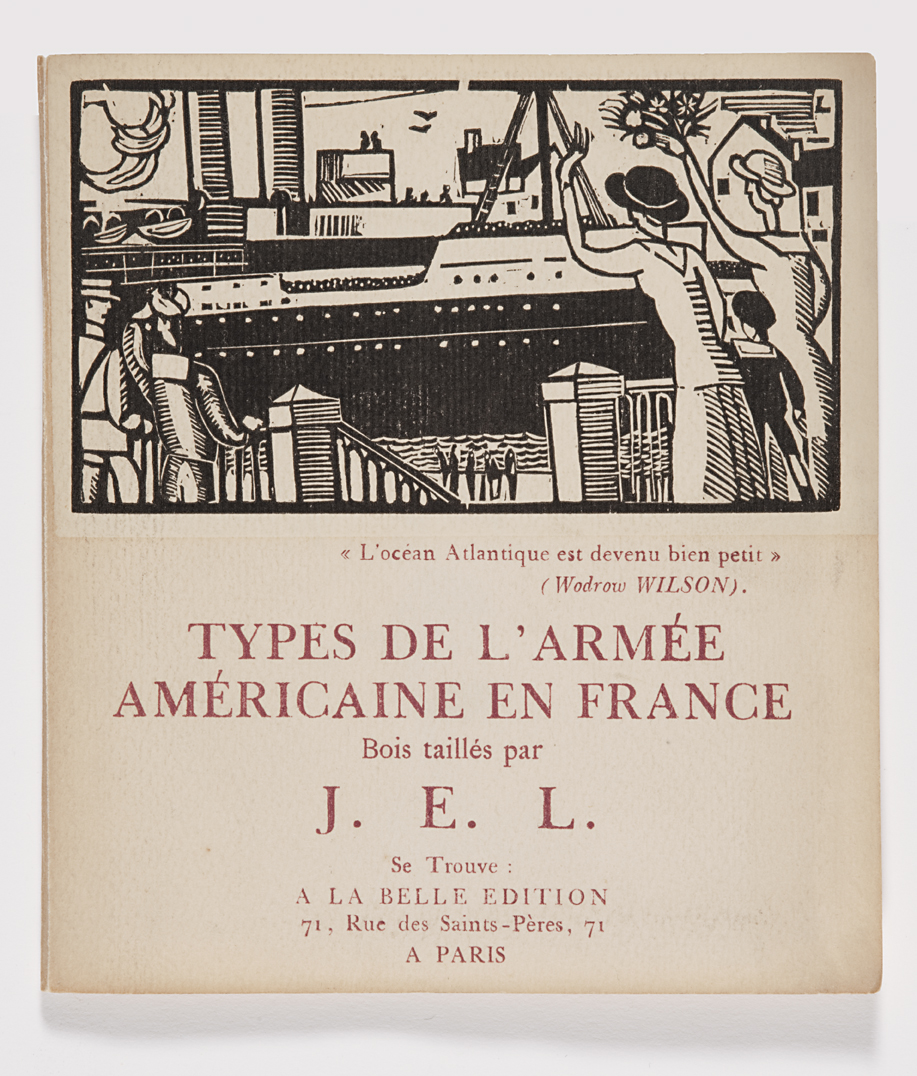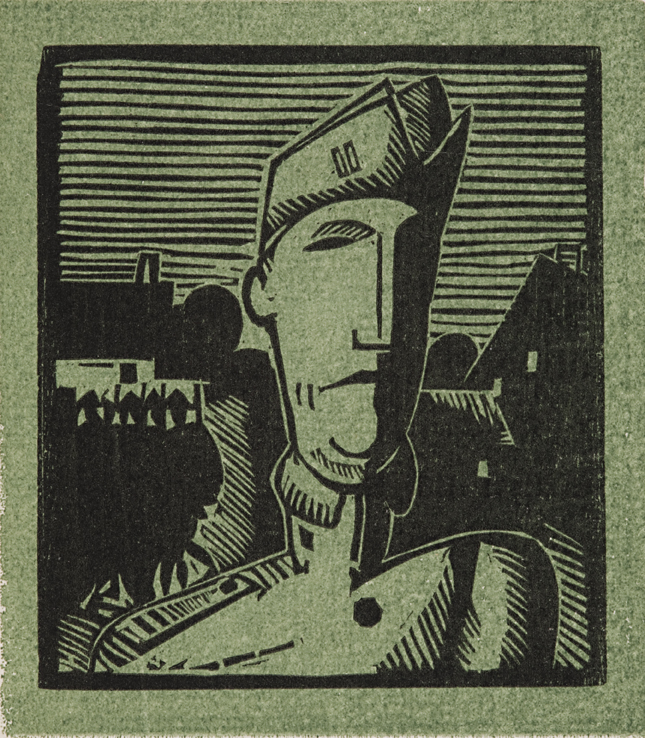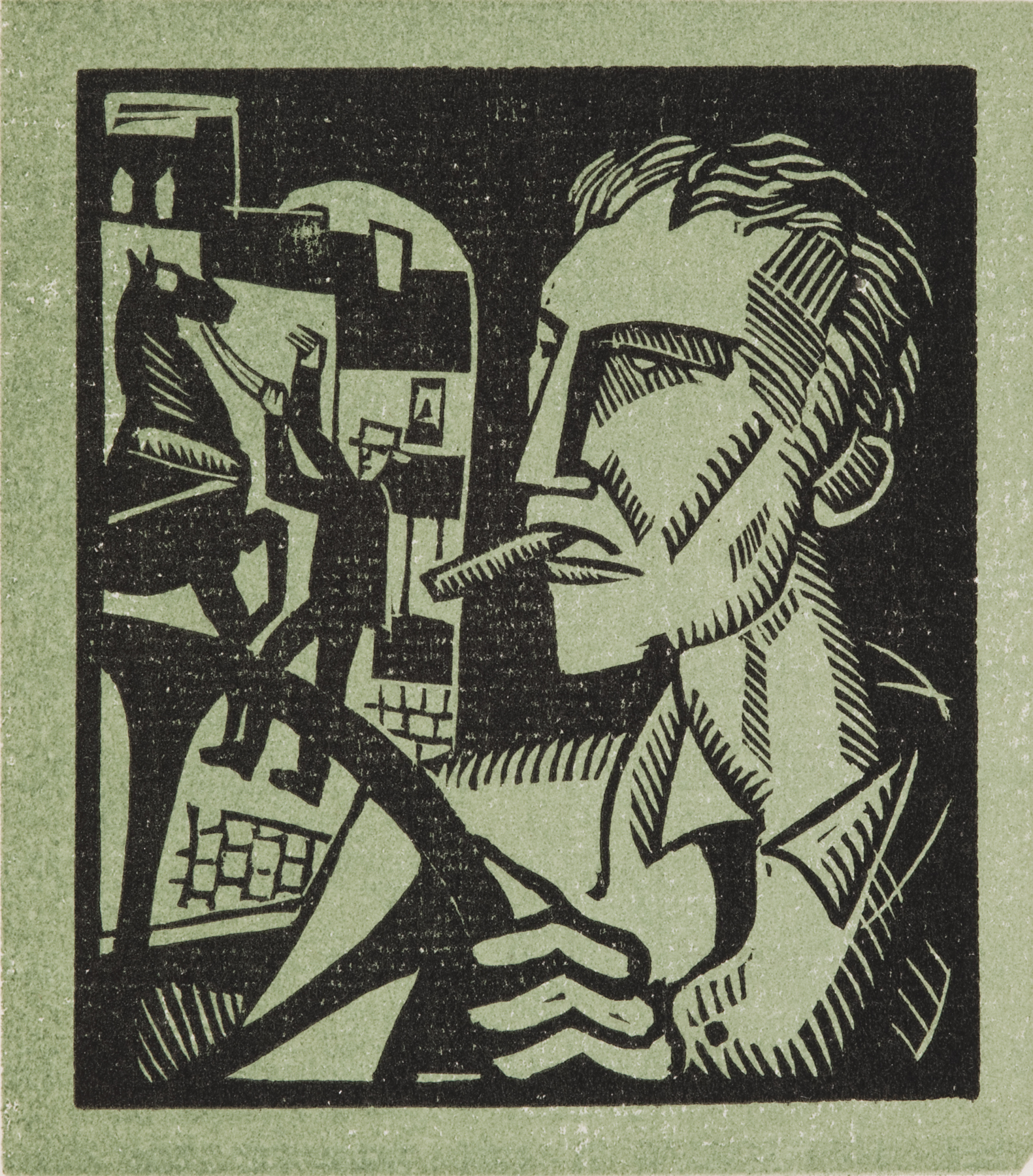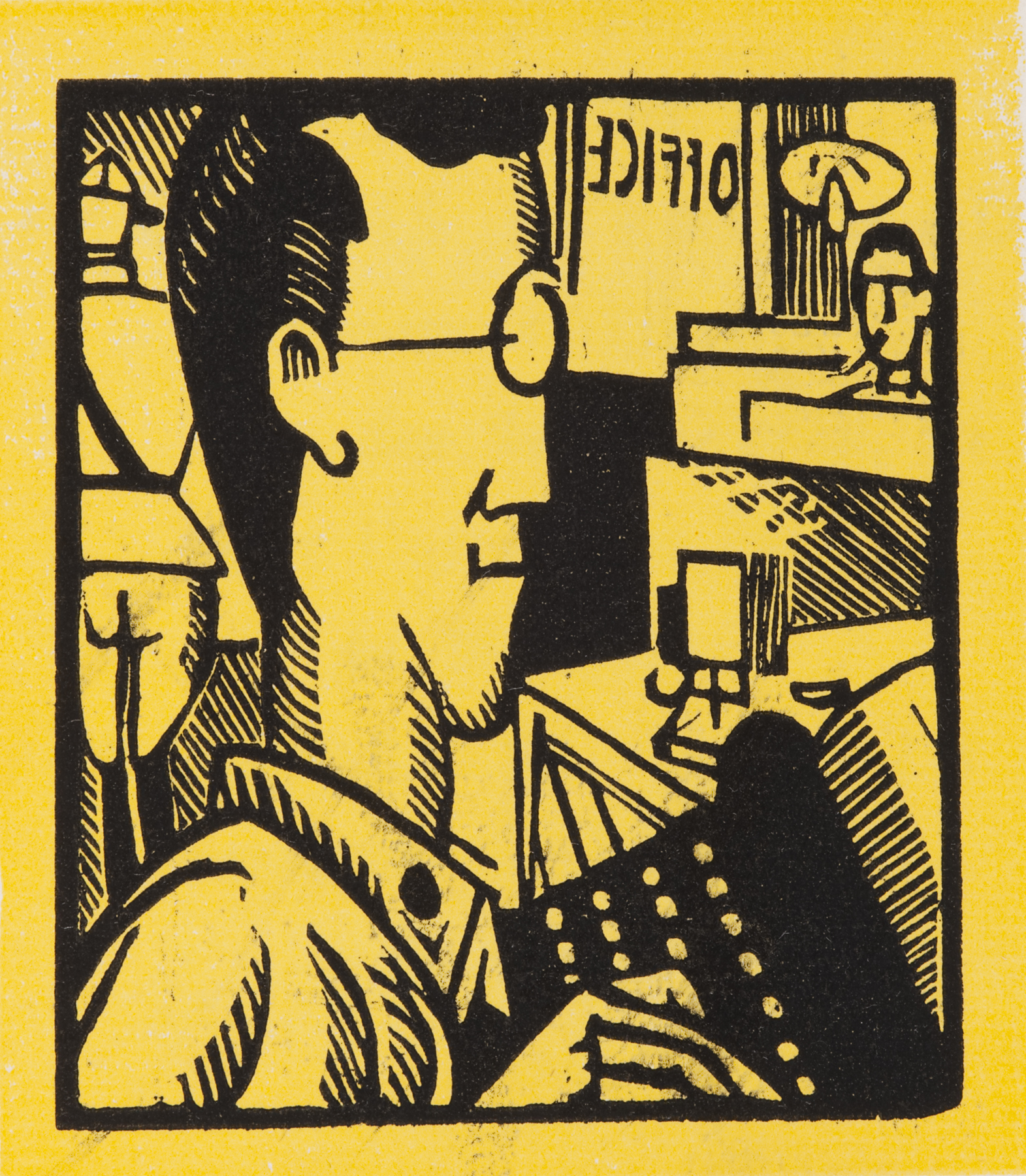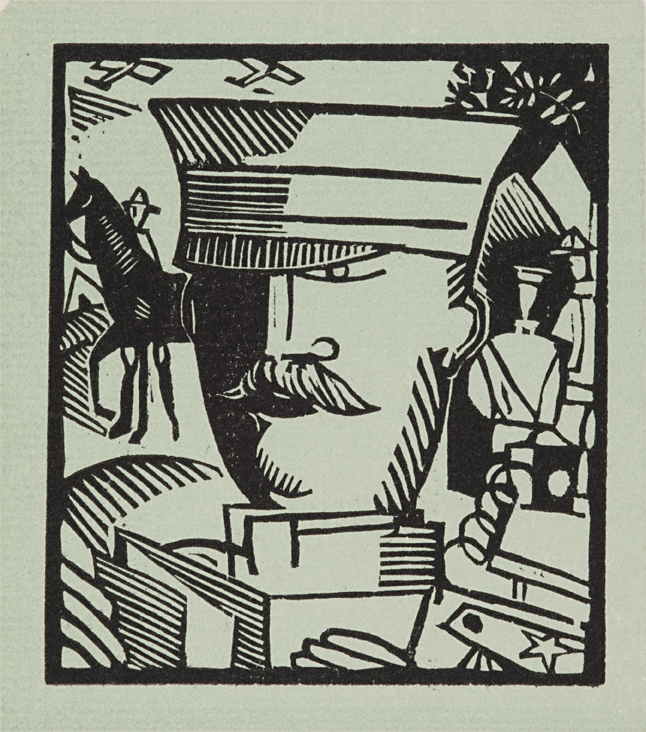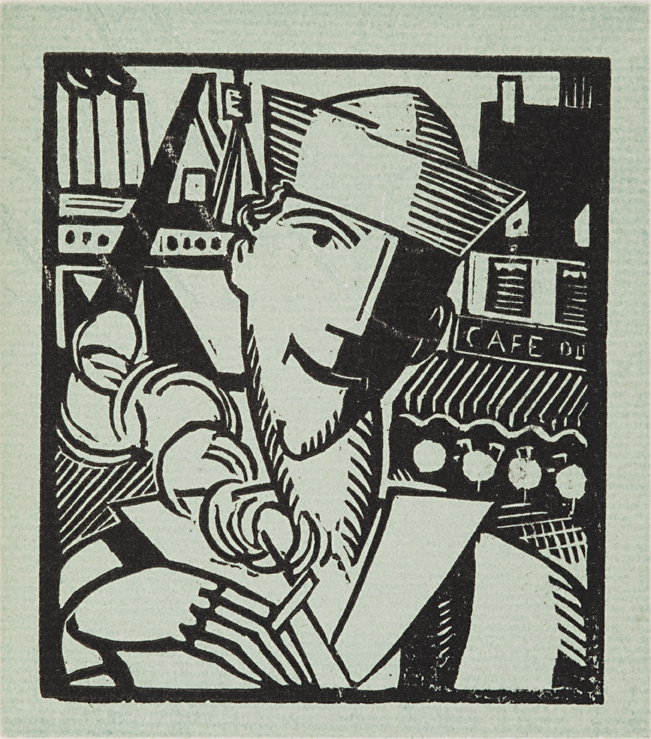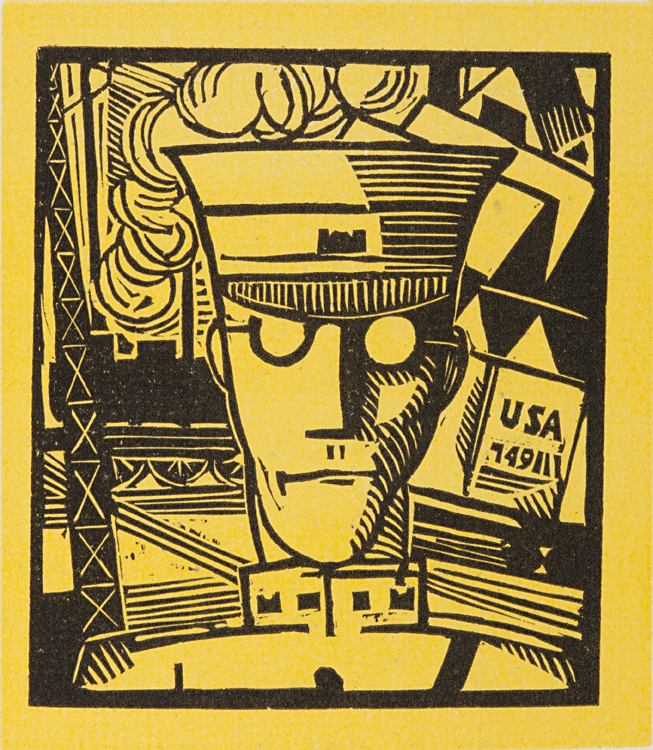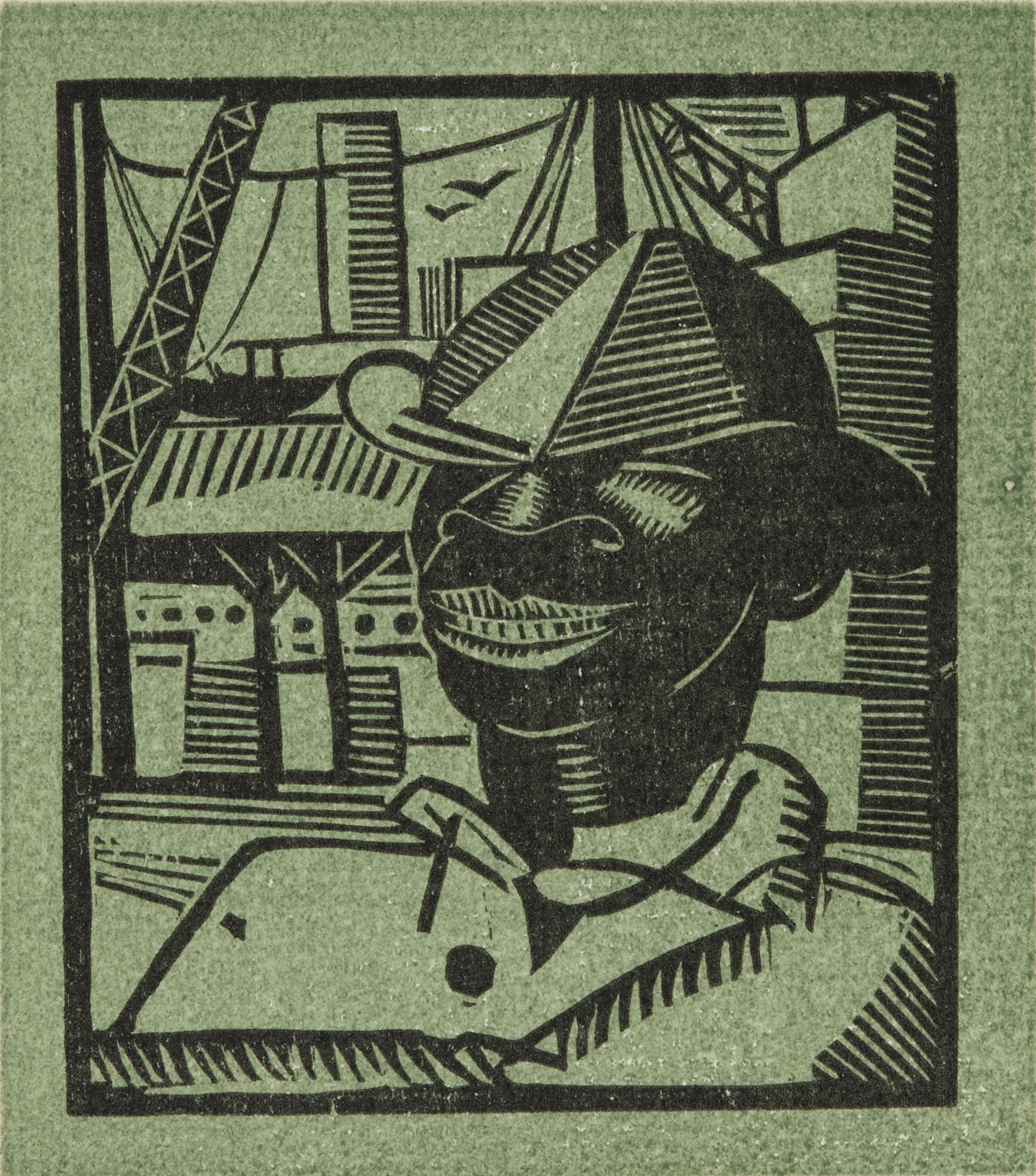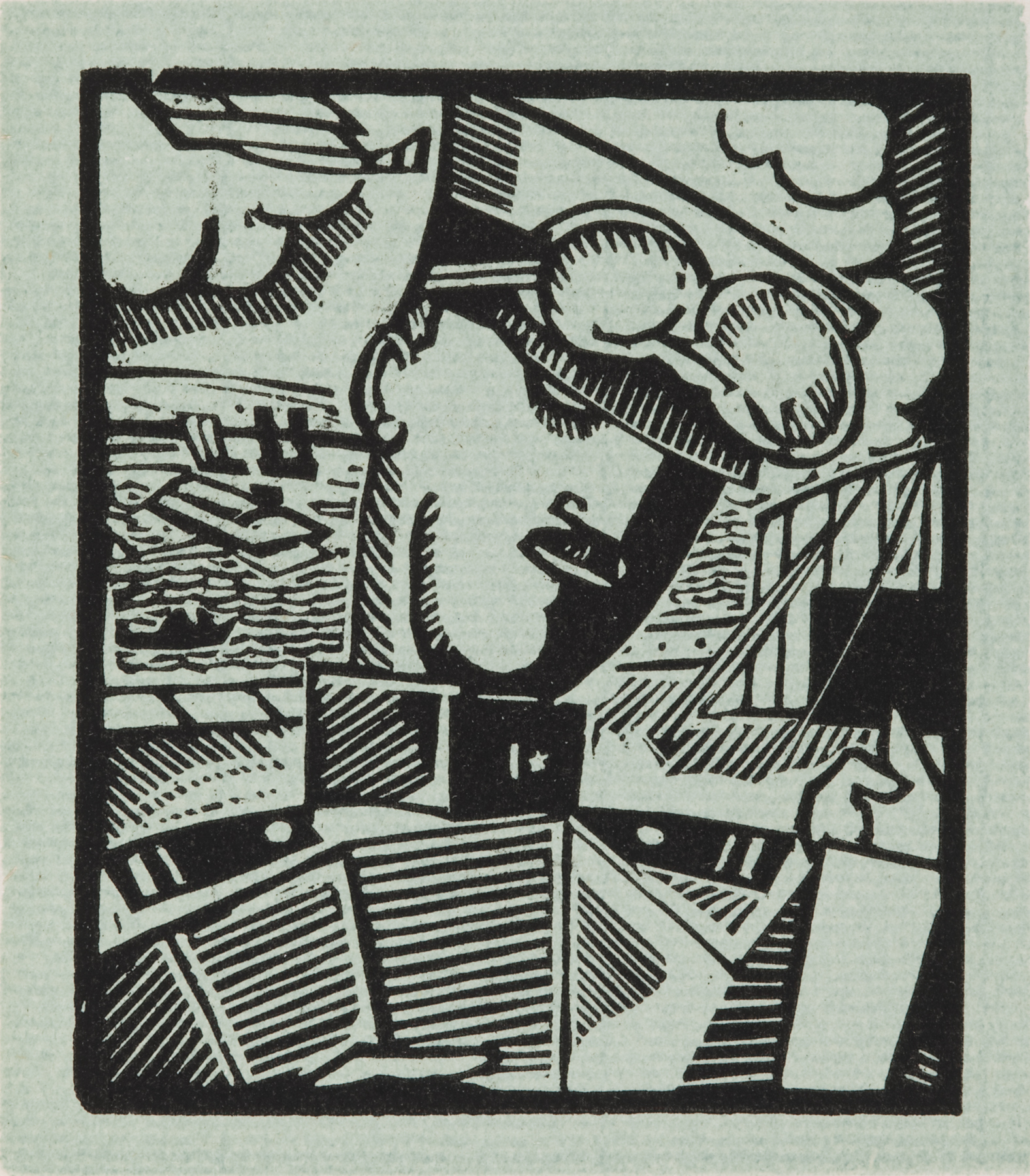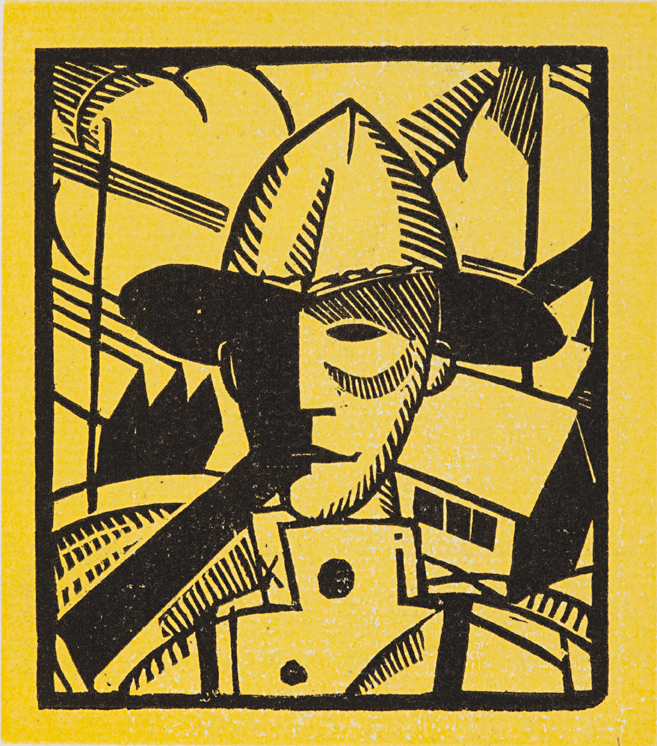Types de l'Armée Américaine en France (Types of the American Army in France), Jean-Émile Laboureur
Artwork Overview
Jean-Émile Laboureur, artist
1877–1943
Types de l'Armée Américaine en France (Types of the American Army in France),
1918
Where object was made: France
Material/technique: woodcut
Dimensions:
Object Height/Width (Height x Width): 15.87 x 14.29 cm
Object Height/Width (Height x Width): 6 1/4 x 5 11/16 in
Object Height/Width (Height x Width): 15.87 x 14.29 cm
Object Height/Width (Height x Width): 6 1/4 x 5 11/16 in
Credit line: Museum purchase: Elmer F. Pierson Fund
Accession number: 2008.0045
Not on display
If you wish to reproduce this image, please submit an image request
